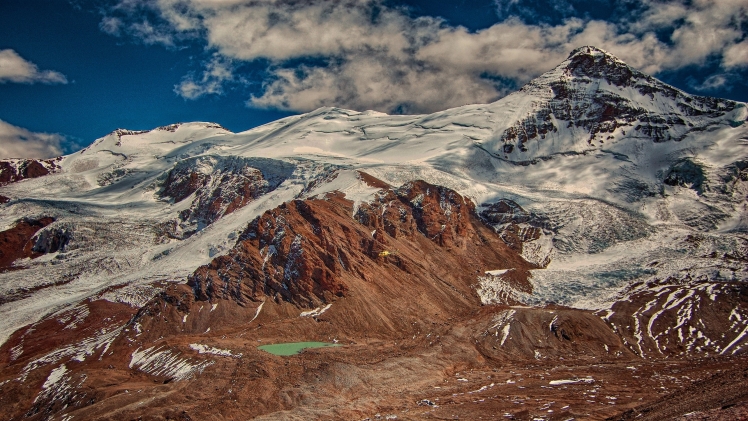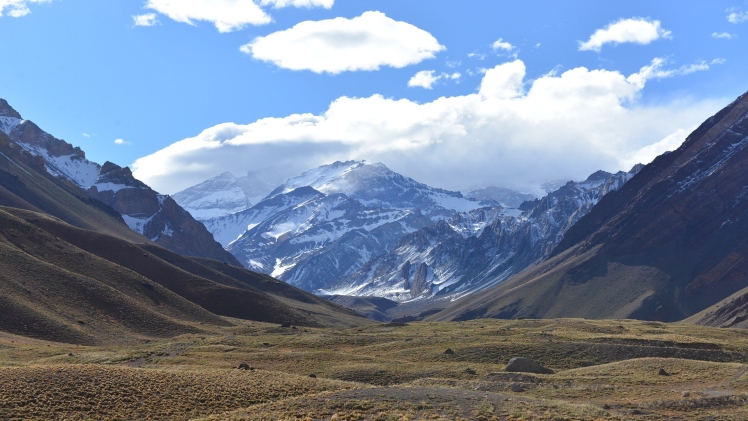Located in Mendoza, in Argentina, and close to Santiago, Mount Aconcagua (6,962 meters) belongs to the provincial park of the same name. Aconcagua’s summit was reached for the first time in 1897 by the Swiss Matthias Zurbriggen.
Since then, it has become a global attraction for athletes and adventurers (especially the Aconcagua 360 route). Since it is not only the highest elevation after the mountains of the Himalayas, but it is one of the mandatory challenges of the “Seven Summits “(Seven Summits), a challenge that invites you to ascend the highest peaks of each continent. The Aconcagua guided climb is an essential figure in this fixture; people come from all over the world to ascend it. This circuit also includes Everest (8,848 m) in Asia, Elbrús (5,542) in Europe, in North America, Denali (6,190), In Africa, Kilimanjaro (5,895), Jaya (4,884 m) in Oceania, and the Vinson Massif (4,892) in Antarctica. Without a doubt, doing Aconcagua ascents is a beautiful experience. The Aconcagua season occurs between November and April of each year, but the climbs occur from middle November to the end of February, when there is a more benign climate.

According to official sources of the park, in 2019/20, about 9,000 people entered, 3,200 (90 percent foreigners) hired the promotion service, and between 30 and 40 percent of them managed to ‘reach the summit.’ The others reached different altitudes depending on their health, the climate, and the time they had to do so. The one who is stronger in terms of their training, their diet, their acclimatization, and their technical knowledge on the ground is the one it’s going to get a little higher. Aconcagua has several faces or accesses. The “normal” route is the northwest side: “It is the easiest, with softer slopes” As it has less technical complexity, mules with a load of climbers ascend on that face to the base camp “Plaza de Mulas” (4,300 meters ). From there, you can hire porters, “Andean Sherpas,” who can carry the load to the highest camps.
Meanwhile, the south face has 4,000 meters of unevenness, full of steep rocks and large ice formations from glaciers: It is not for everyone.
Visit the site: Khatrimaza
The ascent is done in a staggered way to achieve an “optimal adaptation of the organism” to the different altitudes and depends on the meteorological conditions. Hence, expeditions to the top usually last between 13 and 20 days, so each guide performs between three and five per season.
“Probably if we wanted to suddenly climb (…) to the summit of Aconcagua, with its almost 7,000 meters, after a few hours, we would begin to have a series of difficulties that could evolve until death.
visit here to know more information : Pii-email

